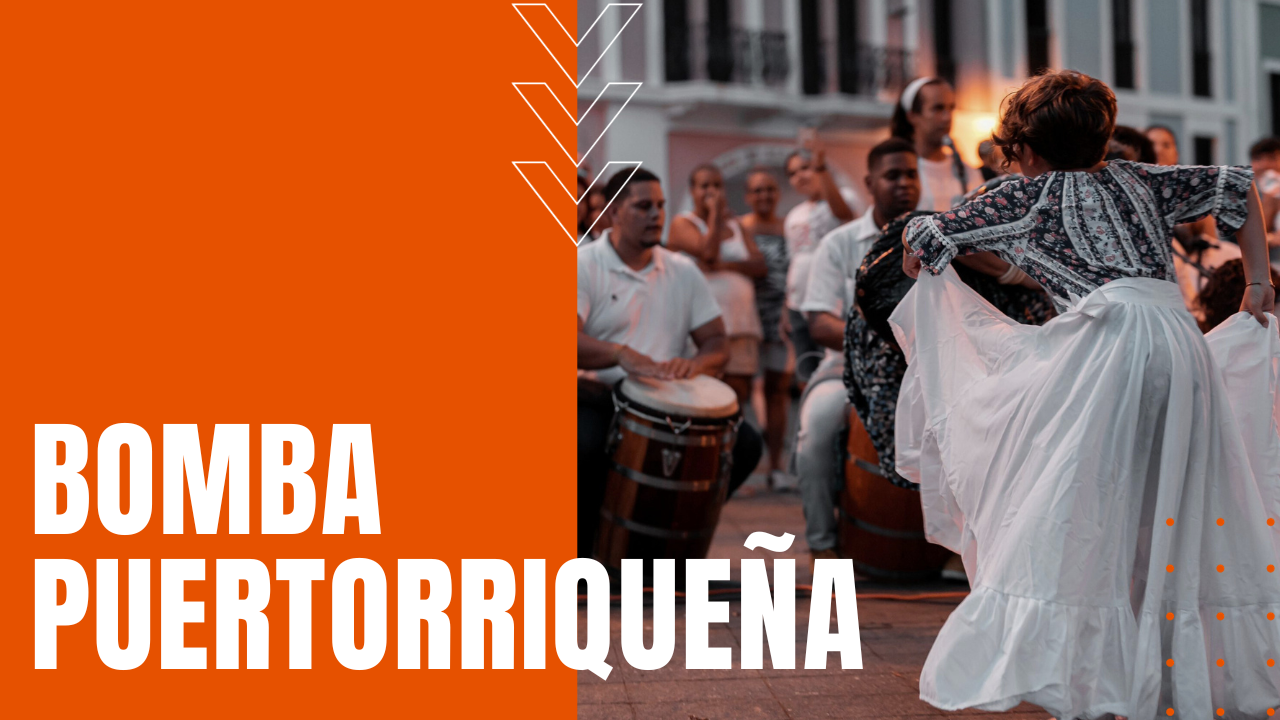Bomba Puertorriqueña

In the 1600s, after Spanish colonial settlers imported slaves to Puerto Rico from varying regions of the African continent, slaves united under a common language of resistance, resilience and self-expression now known as Bomba Puertorriqueña or simply bomba. The oldest genre of the Afro-Puertorriqueña musical tradition, percussionists and dancers came together to sing and dance traditional resistance bombas, with lyrics that translated to such rhythmic stanzas as “Field, I live in sadness, every day I suffer more, oh God, what will become of me? If I don’t dance this bomba, I’m going to die.” Considered a dialogue between drummers and dancers, when plantation owners recognized the music’s protest and lament, bombas were quickly repressed, surviving thanks to early Maroon settlements, which were made up of freed or escaped slaves who lived side by side with indigenous people of the Caribbean.
A Formal Dance
In the Batey or sugar workers’ town during colonial days, bombas took place in a dedicated dance area, where the drummers would score sounds for the steps of the dancer, who in turn challenged the drummers by performing a rhythmic dialogue of dance steps and motions, while a singer created lamenting lyrics that gave bomba its unique form of protest. During a bomba performance, audiences frequently shouted “Speak!” from the sidelines, offering vocal encouragement to stiff yet rhythmic male dancers in traditional white hats, while female dancers known as Bailadoras performed with more feminine, flowing motions, generally dressed in a white skirt with a petticoat.
A Living Tradition
Today, bombas are still performed on a weekly basis in the La Perla neighborhood of Old San Juan, Loiza, Santurce, Mayaguez, Ponce and some parts of the U.S. mainland, generally comprised of four instruments—a Cuá, a Maraca, the Buleador drum and the Subidor drum, although many bombas have morphed into large groups of syncopated drum lines. Each bomba is a unique spectacle of flowing skirts, expressive dance and complex percussion performances, allowing participants to converse with words, rhythm and dance in a timeless ancestral language. Children frequently join the dance while holding hands, making the Bomba Puertorriqueña, an integral part of Puerto Rico’s national heritage.
